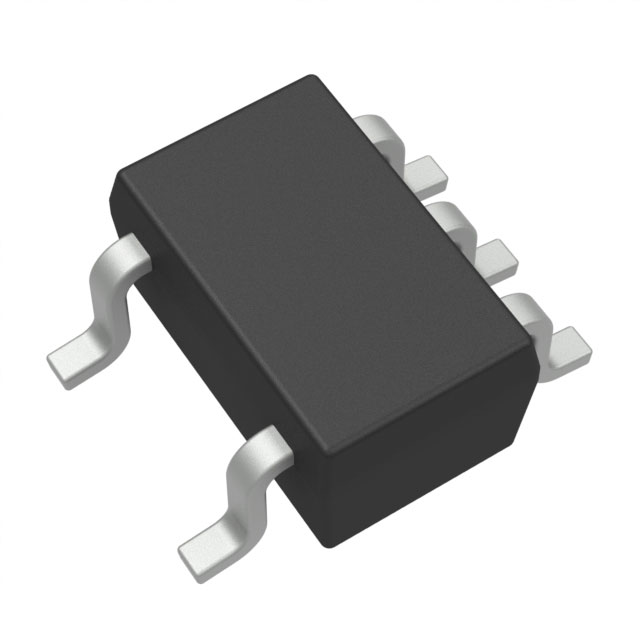INA290-Q1
The INA290-Q1 is a high-precision, low-power current shunt monitor from Texas Instruments designed for automotive and industrial applications. It features a wide supply voltage range of 2.7 V to 5.5 V, enabling operation in both 3.3 V and 5 V systems commonly found in modern electronic designs. The device offers a low offset voltage of up to 50 µV and a maximum gain error of ±0.1%, ensuring accurate current measurement across a broad dynamic range.
This integrated circuit includes a differential amplifier with a fixed gain of 50 V/V, which amplifies the small voltage drop across a current-sensing resistor. Its input common-mode voltage range extends from 0 V to 26 V, allowing it to measure currents in high-side, low-side, or split-supply configurations without requiring external components for signal conditioning. The INA290-Q1 also provides rail-to-rail output swing, maximizing the use of the ADC input range when interfacing with microcontrollers or data acquisition systems.
Designed for robustness in harsh environments, the INA290-Q1 meets AEC-Q100 Grade 1 qualification, making it suitable for automotive applications such as battery management systems, motor control, and powertrain diagnostics. It operates over a temperature range of –40°C to +125°C, ensuring reliable performance under extreme thermal conditions. The device consumes only 180 µA of quiescent current, making it ideal for power-sensitive applications where efficiency is critical.
In addition to its core sensing capabilities, the INA290-Q1 includes an enable pin for power-down mode, reducing current consumption to less than 1 µA when inactive. This feature supports system-level power management strategies, especially in battery-powered or energy-harvesting devices. The chip is available in a compact 5-pin SOT-23 package, offering ease of integration into space-constrained PCB layouts.
Its internal protection features include overvoltage and ESD protection on the input pins, enhancing reliability in noisy electrical environments. The INA290-Q1 is particularly well-suited for applications requiring precise current monitoring in electric vehicles, industrial automation, and consumer electronics, where accuracy, low power, and environmental resilience are paramount.
Related Parts
| Part # | Manufacturer | Description | Availability | Pricing | Quantity |
|---|---|---|---|---|---|
 INA290A1QDCKRQ1OP Amps, Buffer Amps ICs | Texas Instruments | IC CURR SENSE 1 CIRCUIT SC70-5 | 5168 | 1+: $3.05035 10+: $2.63635 30+: $2.39126 | |
 INA290A4QDCKRQ1OP Amps, Buffer Amps ICs | Texas Instruments | IC CURR SENSE 1 CIRCUIT SC70-5 | 51 | 1+: $3.13630 10+: $3.05690 30+: $3.00400 | |
 INA290A2QDCKRQ1OP Amps, Buffer Amps ICs | Texas Instruments | IC CURR SENSE 1 CIRCUIT SC70-5 | 3137 | 1+: $3.62167 10+: $3.15468 30+: $2.87813 100+: $2.59826 | |
 INA290A3QDCKRQ1OP Amps, Buffer Amps ICs | Texas Instruments | IC CURR SENSE 1 CIRCUIT SC70-5 | 874 | 1+: $2.07730 10+: $1.75195 100+: $1.66435 1000+: $1.60178 | |
 INA290A5QDCKRQ1OP Amps, Buffer Amps ICs | Texas Instruments | IC CURR SENSE 1 CIRCUIT SC70-5 | 12 | 1+: $3.40230 10+: $3.32290 30+: $3.26870 100+: $3.02280 |







.png?x-oss-process=image/format,webp/resize,h_32)










